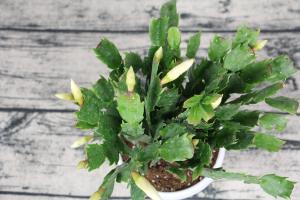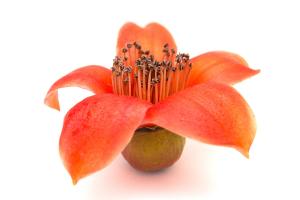Can You Plant Green Onions After Tomatoes?
Tomatoes and green onions are two popular vegetables often grown in home gardens. While they both have different planting requirements and growth patterns, it is possible to plant green onions after tomatoes. In fact, planting green onions after tomatoes can have some surprising benefits for your garden. In this article, we will explore the reasons why you might want to consider planting green onions after tomatoes and how to do it successfully.
Benefits of Planting Green Onions After Tomatoes
One of the main benefits of planting green onions after tomatoes is that they are great at absorbing any excess nutrients left in the soil. Tomatoes are heavy feeders and can deplete the soil of certain nutrients like nitrogen, phosphorus, and potassium. By planting green onions after tomatoes, you can take advantage of the leftover nutrients, which will promote healthy growth in your green onions.
Another benefit is that green onions have shallow roots, which means they won't compete with tomatoes for nutrients and water. This makes them an ideal companion plant for tomatoes, as they won't interfere with the growth of your tomatoes. Additionally, green onions are known for their disease-fighting properties, which can benefit your tomato plants and help protect them from common pests and diseases.
How to Plant Green Onions After Tomatoes
Before planting green onions after tomatoes, it's important to prepare your soil properly. Start by removing any tomato plants and their roots from your garden bed. You should also add organic matter like compost or aged manure to the soil to replenish any nutrients that were depleted by the tomatoes.
Once your soil is prepared, you can plant the green onion seeds. Start by creating furrows in the soil that are approximately 1/4 to 1/2 inch deep. You can use a hoe or a rake to create these furrows. Place the onion seeds in the furrows, spacing them approximately 1 inch apart. Cover the seeds with soil and water them well.
It's important to keep the soil moist throughout the germination process, which can take up to two weeks. Once the green onions are established, you can thin them out to encourage healthy growth. Snip them off at ground level with scissors instead of pulling them out of the soil. This will prevent damage to the roots of the remaining plants.
Conclusion
Planting green onions after tomatoes is not only possible, but it can also have some significant benefits for your garden. By taking advantage of the leftover nutrients and disease-fighting properties of green onions, you can promote healthy growth in both plants. Follow the steps outlined in this article to ensure successful planting and a bountiful harvest.

 how many times do yo...
how many times do yo... how many planted tre...
how many planted tre... how many pine trees ...
how many pine trees ... how many pecan trees...
how many pecan trees... how many plants comp...
how many plants comp... how many plants can ...
how many plants can ... how many plants and ...
how many plants and ... how many pepper plan...
how many pepper plan...





























